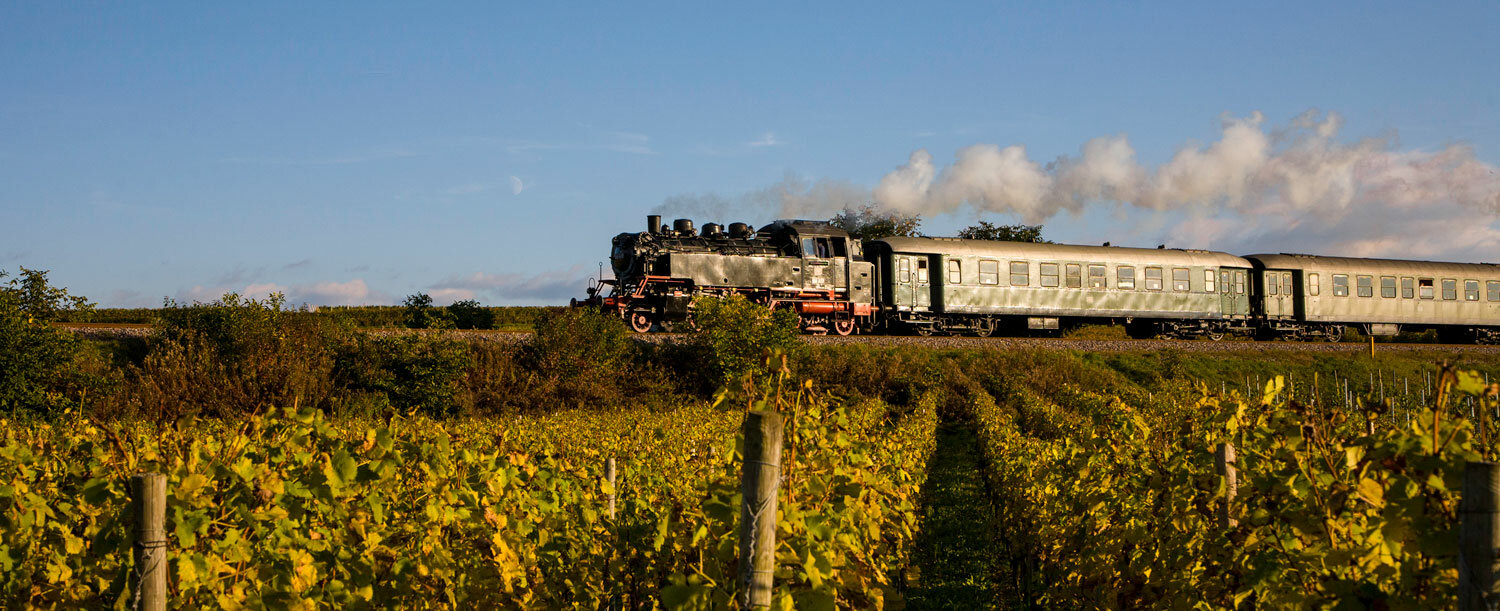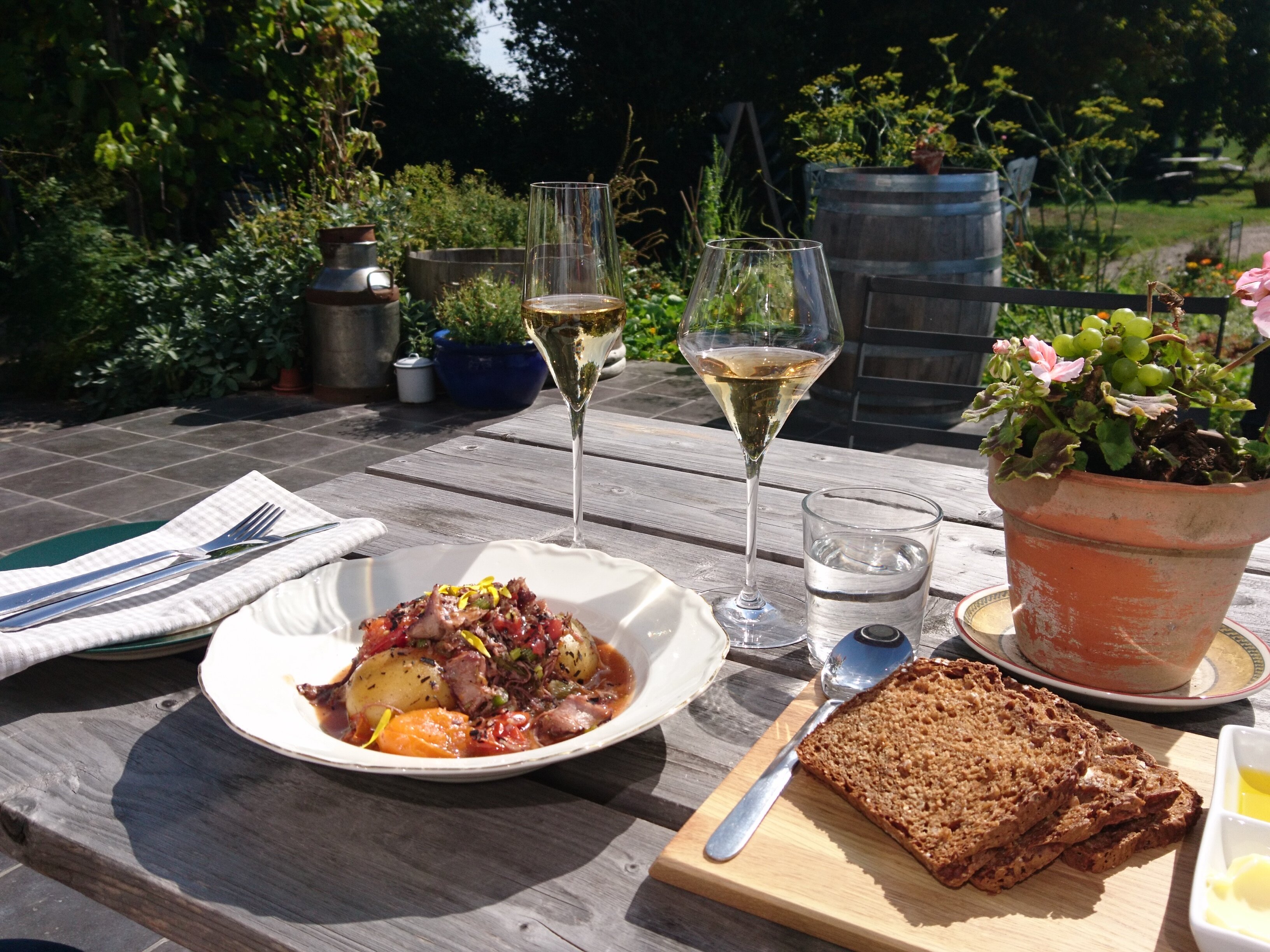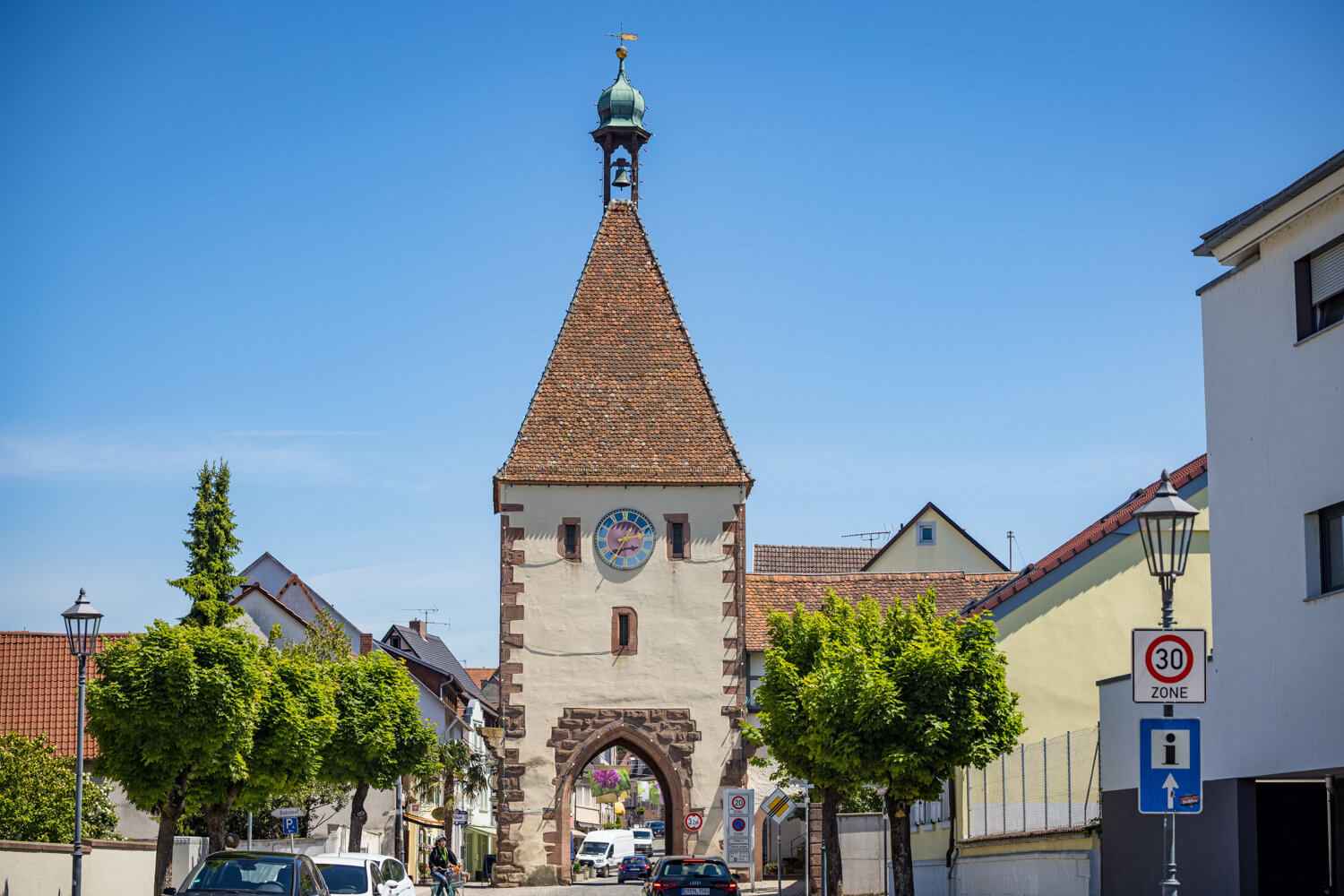
Endingen am Kaiserstuhl with the winegrowing villages of Amoltern, Kiechlinsbergen and Königschaffhausen
Endingen
Endingen fascinates ... with it the three winegrowing villages of Amoltern, Kiechlinsbergen and Königschaffhausen.
Endingen, the most beautiful historic old town in the northern Kaiserstuhl region, warmly welcomes its guests in all "five" seasons.
In spring, during the fruit blossom, Königschaffhausen invites its guests into a sea of blossoms.
In summer, the sun awakens the desire for hiking and the wild herbs in the Amolterer Heide.
In autumn, when the ripe grapes hang on the vines in Kiechlinsbergen and the winegrower looks forward to the harvest.
Winter, always a little warmer and sunnier than elsewhere and thus the most beautiful season for hikers who like to make their way in nature and enjoy the silence.
Festivals such as Endingen in Bloom, the book market, the ART Endingen art exhibition, the Night of Lights, or the Bread Market, which takes place every three years, are each unique and worth experiencing in their own way. Modernity and tradition complement each other and are part of the town's history, which our town guides will be happy to tell you more about.
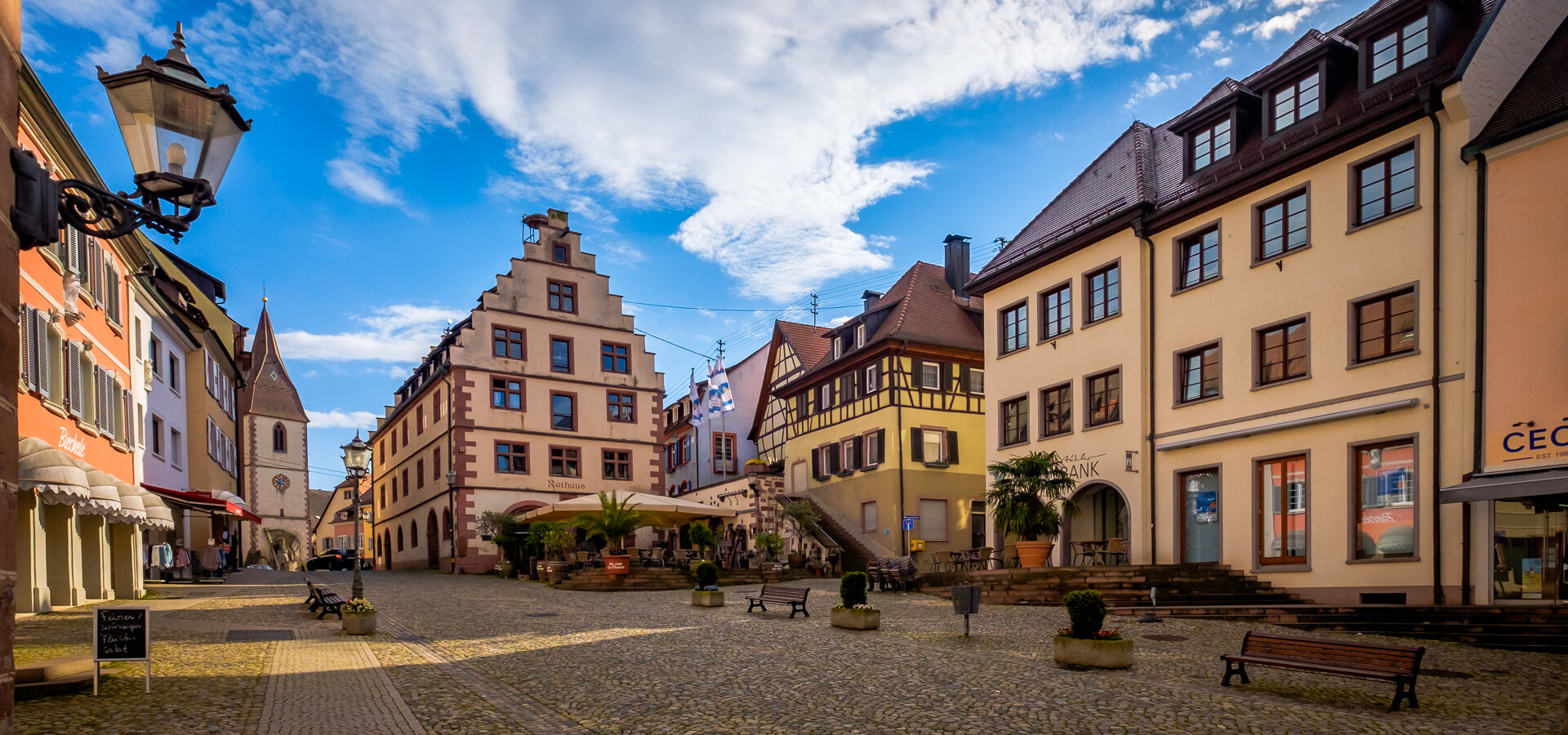
Amoltern, town of Endingen - 259 m.a.s.l. with 431 inhabitants.
The winegrowing village of Amoltern lies quietly in a side valley with great panoramic views on the northern Kaiserstuhl. The landscape is characterised by viticulture and fruit growing. The original early medieval name "Amiltran", first mentioned in a document around the year 1100, also comes from the Amarelle, the wild sour cherry.
The "Amolterer Heide", one of the oldest nature reserves in the Kaiserstuhl with many orchid species, and the "Amolterer Kräuterpfad", a circular trail with themed panels on wild herbs, invite you to take varied walks. Guided herb walks and events are offered by the countrywomen.
Kiechlinsbergen, town of Endingen - 210 m.a.s.l. with 989 inhabitants
Connoisseurs describe Kiechlinsbergen as the most beautifully situated village in the Kaiserstuhl. The number of historical monuments is surprising.
In 862, a Dinghof was mentioned in Kiechlinsbergen. Later, in the possession of Tennenbach Monastery, this farm was known as the "Fronhof", where the wine tithe had to be paid since 1524. The castle was built in 1730 as the Tennenbach Probstei by Peter Thumb, the master builder of the pilgrimage church of Birnaus. Below the church is probably the oldest Franconian farmstead from 1544 that is still completely preserved. The "Zur Stube" inn and other half-timbered buildings give the village a romantic appearance.
Interesting facts about the village's history can be found in the local history museum, and on the wine trail and the theme paths you can learn about culture and nature. The street and onion tart festivals are popular in September.
Königschaffhausen, town of Endingen - 197 m.a.s.l. with 1,200 inhabitants
The winegrowing village was first mentioned in a document of the Habsburg dynasty in 995. After the Reformation, the village came into the possession of the Margraves of Baden. Typical of the village are the large sandstone archways at the entrances to the courtyards and some still well-preserved half-timbered buildings. A document from 1363 already refers to the "noble wine" from Königschaffhausen. A special event is the blossoming of the trees in April, when thousands of trees put on their white dress. A unique natural experience every year. The cultural associations offer a variety of events. The highlight is the cherry festival with the election of the cherry queen and the autumn festival at the end of the grape harvest. In the cherry museum and on the fruit and wine hiking trail, visitors learn many interesting things.
Endingen fascinates
Discover Endingen now
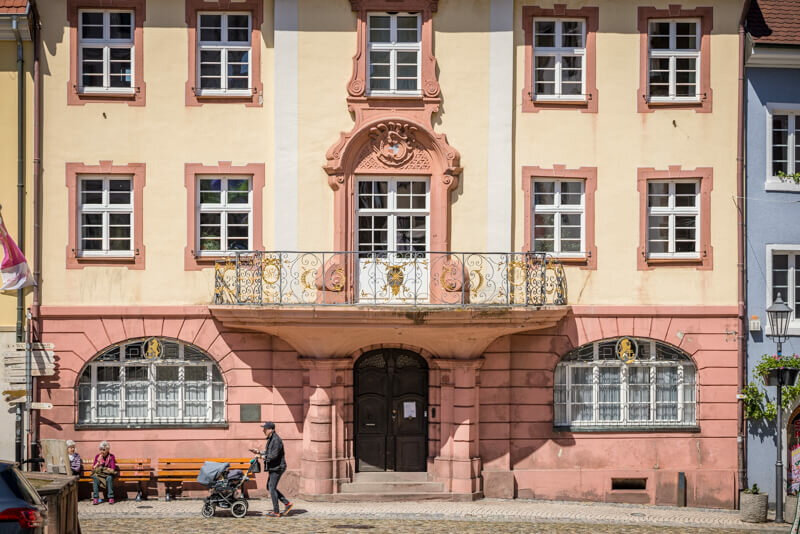
Opening hours
on the website
Service times
on the website
Endingen.de This link opens in a new window